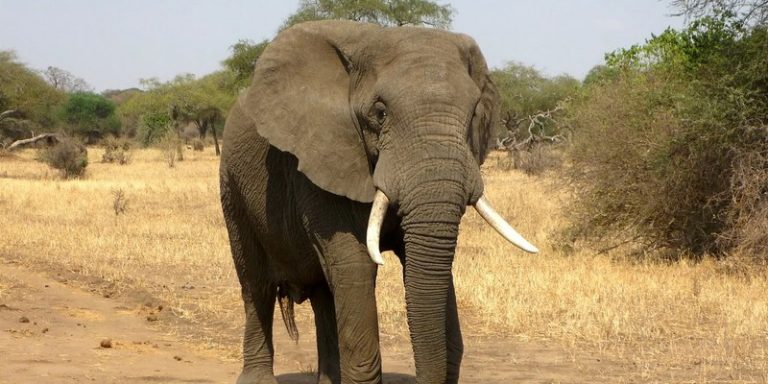
The applications of artificial intelligence-based tools for biodiversity are numerous. This week, for example, we mentioned the platform developed by researchers at the University of Alicante to monitor species exploited by fishing. Here is another application that focuses on African elephants, considered since last month “endangered” and “critically endangered” by the experts of the International Union for Conservation of Nature (IUCN).A computer scientist at the University of Bath, England, has designed a new algorithm that could help combat poaching.
An algorithm that photographs and analyses large areas
The tool developed by Dr. Olga Isupova is coupled with high resolution images. It allows a satellite to scan vast areas of land – such as savannah, grassland or forest – in a short time. It collects nearly 5,000 km2 of photos.
Artificial intelligence helps to limit human actions with elephants. The program itself counts the number of elephants, which no longer puts the people who used to do this task in danger. The animals are no longer disturbed and the data collection process is more efficient.
Artificial intelligence to monitor African elephants
Poaching is one of the biggest threats to African elephants. It is the favorite target of ivory traders. In order to solve this problem, Dr. Olga Isupova designed this algorithm. She said of her continued work in the field:
“Animal monitoring is one piece of a puzzle in conservation, including anti-poaching activities. We are currently looking at other possibilities such as carcass detection to detect possible poaching actions, but this is still in its infancy.”
There were 415,000 African elephants remaining in 2016. This population has declined by 60% for elephants living in the savannah and 86% for those living in the forest. Despite the ban on ivory trade in 1989, the number of poachers increased when in 2007 a law was enacted allowing the auction of seized tusks.
Circumventing a possible mass extinction with artificial intelligence
African elephants were chosen for this study because of their large size. This makes them easier to spot in order to compare the results provided by the machine with those provided by human counting. In the future, this kind of algorithm could be used to monitor footprints, animal colonies or to count smaller species.
For Olga Isupova, the technology will be of “great help” in avoiding a sixth mass extinction, only if it is coupled with human activity:
“At the end of the day, it’s the people on the ground, like the rangers, who perform concrete actions. Therefore, while technology can help them significantly, it is also important to focus funding with people on the ground.”
Similar technologies have already been used to count whales, penguins and albatrosses. Infrared technology and drones, meanwhile, have been harnessed to count koalas and polar bears, also endangered. This algorithm is an additional tool that could help rangers and specialists on the ground.
Translated from Comment l’intelligence artificielle peut permettre de lutter contre l’extinction des éléphants d’Afrique









